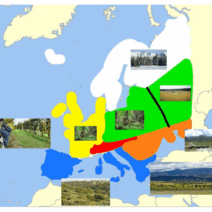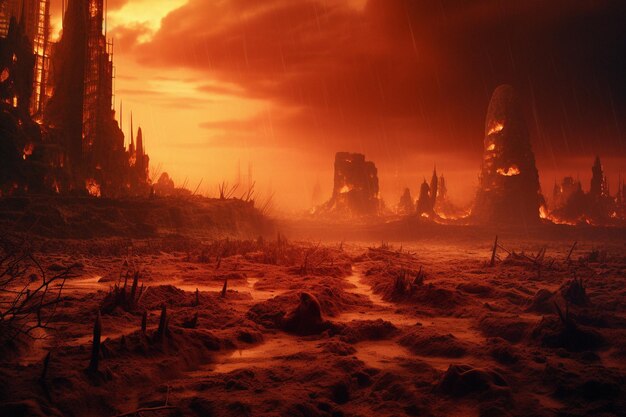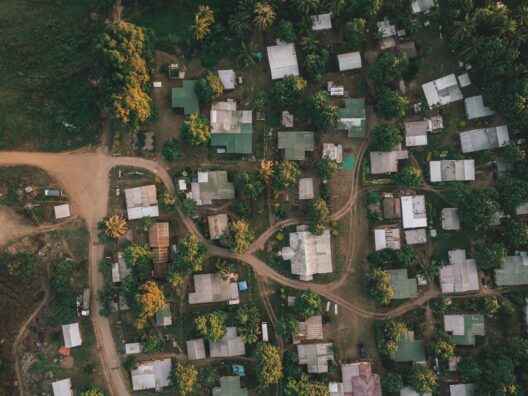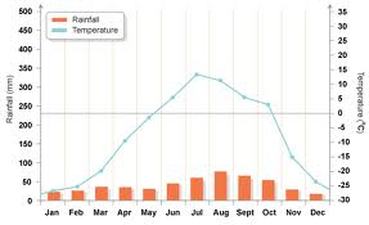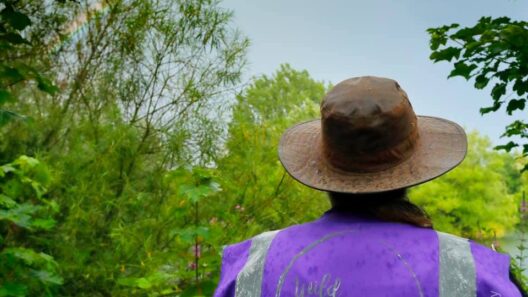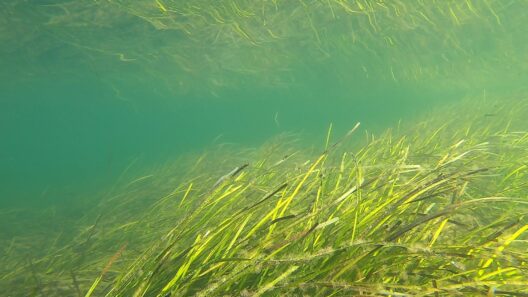Global warming, an existential threat facing our planet, is an intricate web of consequences that manifest in various catastrophic forms. Fires, tornadoes, and rising temperatures are among the most alarming outcomes, each exacerbating the others in a pernicious cycle. So, what if we could take a moment to imagine our world as a stage where nature is a fickle actor, sometimes performing in a drama of fury and chaos? The challenge lies in addressing how global warming stokes these disasters and understanding the broader implications of this climatic conundrum.
The increase in global temperatures due to human activities, primarily the combustion of fossil fuels, is a driving force behind extreme weather patterns. Higher temperatures not only create a conducive environment for wildfires but also destabilize the atmospheric conditions that lead to tornado formation. As the Earth’s temperature rises, one must consider: how do we break free from this self-imposed disaster cycle?
To comprehend the relationship between rising heat and fires, one must first analyze the foundational elements that contribute to wildfires. Dry seasons are becoming longer and more severe, decreasing moisture levels in the earth and vegetation that typically act as natural buffers. Consequently, landscapes that once required significant dryness before they would ignite can now catch fire with alarming ease. In regions like California and Australia, fires that have devastated vast areas can be traced back to global warming’s fingerprints. The question is: what is the true cost of our indifference towards these calamitous changes?
Moreover, as the climate warms, the interplay between humidity and temperature creates a paradoxical scenario. Higher temperatures lead to greater evaporation rates, which in turn deplete soil moisture but often result in increased humidity levels elsewhere. This duality fosters not only the conditions perfect for fire but also enhances storm systems that can give rise to tornadoes. As warmer air rises and meets cooler air, a recipe for destruction is born, leading to more frequent and intense tornado events.
It is essential to examine not just the sporadic nature of these phenomena but to consider their interconnectivity. When wildfires rage, they often feed into weather systems, contributing to the atmospheric instability necessary for tornado formation. The more we encounter destructive wildfires, the more likely we are to see a spike in tornado occurrences. It creates a feedback loop, each disaster amplifying the other, while the effects ripple through communities, economies, and ecosystems alike. What must we sacrifice—as individuals and as a society—to halt this alarming trend?
As these disasters become increasingly frequent and severe, they bring significant ramifications for biodiversity. Ecosystems are not resilient vis-à-vis constant upheaval; prolonged fires and intense storms can lead to habitat destruction, threatening flora and fauna with extinction. Species that cannot adapt swiftly to changing conditions face dire consequences. Biodiversity hot spots, which are essential for maintaining ecological balance, may see their resilient structures dismantled through climate chaos. This loss makes one question: can we afford to persist in our destructive ways while also burying our heads in the sand?
Turning our attention to the human aspect of these calamities, the socio-economic implications of rising fires and tornadoes are profound. Communities are being displaced, property lost, and livelihoods destroyed as the power of nature is unleashed. Emergency response systems are stretched thin, as governments struggle to adapt their policies to effectively manage and mitigate these disasters. As chaos becomes a norm, how should we redefine our priorities and responsibilities toward protecting vulnerable populations?
Climate education becomes paramount in this challenging landscape. By creating awareness about the causes and consequences of global warming, we equip individuals with the tools to advocate for change. Understanding that every choice we make—from what we consume to how we vote—impacts our environment draws us closer to collective action. Community cohesion and preparedness can prevent disaster, while proactive measures, such as afforestation and the promotion of renewable energy, can help mitigate future risks. Are we ready to embrace these changes together, or will we continue to let the flames of catastrophe fuel our inertia?
The solution necessitates a multi-faceted approach, bringing together government, communities, and individuals in the fight against climate change. Policy changes that promote sustainability, protect natural resources, and encourage greener technologies must be prioritized. Everyone has a role to play in this fight; whether it’s reducing individual carbon footprints or advocating for systemic changes at the national level, the essence of what it means to be a responsible global citizen is under scrutiny. Are we willing to act decisively, or will we remain spectators as the tempest looms?
In conclusion, fires, tornadoes, and rising heat illustrate the volatility of our changing climate. The alarming increase in these events is not merely a coincidence but a direct result of our actions. By examining the connections between worsening weather conditions and their social implications, we ask ourselves a critical question: Can we rise to the challenge of combating climate change, or will we allow this insidious threat to dictate the narrative of our future? The answer lies within our approach, as individuals and as a collective society, whether we arouse the courage to address the looming shadows over our planet or remain shackled in ignorance.
